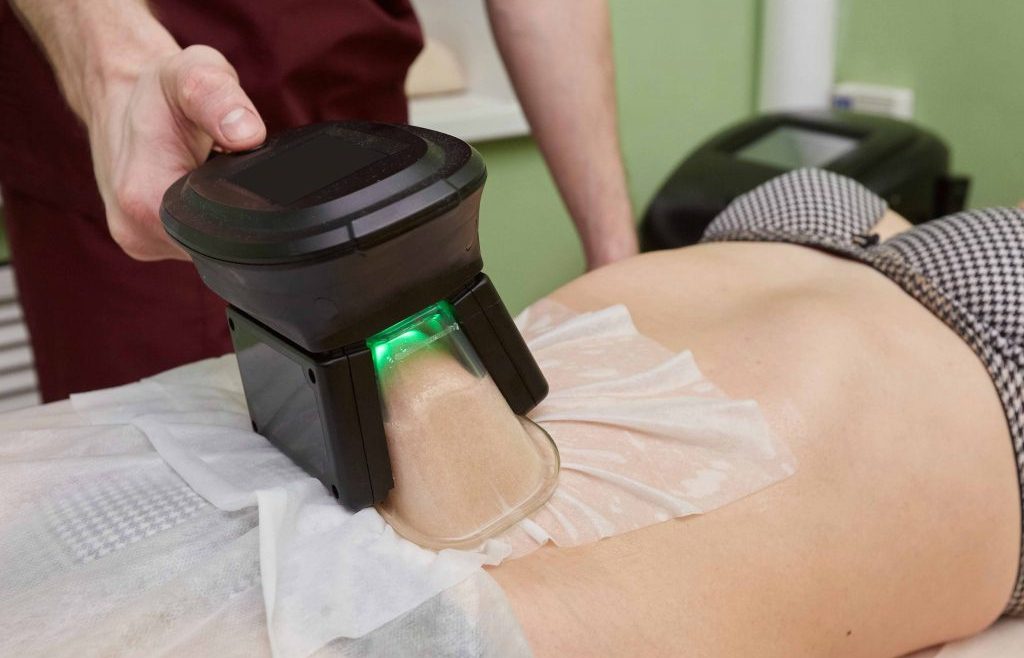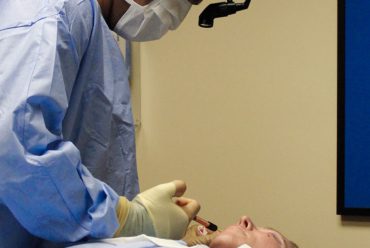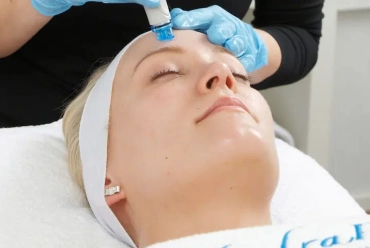Cryo Sculpting, also known as cryolipolysis or fat freezing, is a non-invasive cosmetic procedure used to reduce fat deposits in specific areas of the body. Here’s some information about Cryo Sculpting:
- Procedure: Cryo Sculpting involves targeting and cooling fat cells in the desired treatment area to a temperature that triggers their natural cell death process (apoptosis). The procedure selectively freezes fat cells while leaving the surrounding tissues unharmed. Over time, the body naturally eliminates the dead fat cells through its lymphatic system.
- Treatment Areas: Cryo Sculpting is commonly used to address stubborn fat pockets in areas such as the abdomen, flanks (love handles), thighs, back, upper arms, and under the chin. It is not intended for overall weight loss but rather for sculpting and contouring specific body areas.
- Process and Results: During a Cryo Sculpting session, a specialized applicator is placed on the targeted area. The applicator applies controlled cooling to the fat cells, which typically results in a numbing and cooling sensation. The procedure is generally well-tolerated, and most people can resume their normal activities immediately afterward.
Over several weeks to months following the treatment, the body gradually eliminates the treated fat cells, resulting in a reduction in fat thickness and an improved contour in the treated area. Multiple sessions may be recommended to achieve the desired results.
- Safety and Considerations: Cryo Sculpting is considered a safe procedure with minimal side effects. Common side effects may include temporary redness, bruising, numbness, or mild discomfort in the treated area, but these usually resolve on their own.
It’s important to note that Cryo Sculpting is not a weight-loss solution or a substitute for a healthy lifestyle. It is best suited for individuals who are close to their ideal weight but have localized areas of stubborn fat that are resistant to diet and exercise.
If you are interested in Cryo Sculpting, it is recommended to consult with a qualified aesthetic professional or dermatologist. They can evaluate your suitability for the procedure, discuss your goals and expectations, and provide personalized advice.
Please remember that this information is general and should not replace professional medical advice.




